IL6 Target Analysis Report Summary


About the Target
IL-6, also known as interleukin-6, plays a significant role in various biological processes and disease conditions. In the context of SARS-CoV-2 infection, IL-6 is released in response to viral infection and tissue damage, triggering an inflammatory cascade characterized by the production of chemokines, cytokines, and IL-6 itself [1][3]. This hyperinflammatory response involves the activation of macrophages, infiltration of monocytes, and the release of other inflammatory factors [1].
IL-6 signaling is mediated through the formation of a trimeric complex with IL-6, IL-6R, and gp130, which leads to the activation of JAK1 and subsequent phosphorylation of STAT3. This signaling pathway induces the production of acute-phase proteins, chemokines, cytokines, and IL-6, contributing to the pro-inflammatory response in various tissues [1].
Moreover, IL-6 plays a role in the pathophysiology of autoimmune diseases, such as multiple sclerosis and neuromyelitis optica spectrum disorder. It enhances T-cell function, induces their proliferation, and promotes their infiltration into the central nervous system [2]. Additionally, IL-6 helps maintain immune system homeostasis by regulating the balance between Th17 and regulatory T cells [2].
Interestingly, IL-6 has been identified as a key proinflammatory cytokine in the lung that is released from alveolar macrophages in response to particulate matter air pollution [3]. This proinflammatory response involves the generation of reactive oxygen species and activation of Ca2+ channels, ultimately leading to the release of IL-6 and an acceleration of thrombotic events [3]. This link between PM-driven inflammation and IL-6 production suggests a potential therapeutic opportunity for drugs like metformin, which can target mitochondrial electron transport and prevent IL-6 release [3].
Furthermore, IL-6 is part of a diverse family of heterodimeric cytokines, and its signaling can be modulated using drugs such as tocilizumab, which blocks IL-6 receptors and helps calm the inflammatory response [4][5].
In summary, IL-6 plays a crucial role in the inflammatory response associated with SARS-CoV-2 infection, autoimmune diseases, and particulate matter air pollution. Understanding the mechanisms of IL-6 signaling and its modulation by therapeutic interventions provides valuable insights into potential treatment strategies for various conditions characterized by excessive inflammation.
IL-6, or interleukin-6, is a crucial molecule involved in various signaling pathways and cellular responses in the human body. It plays a significant role in inflammation, autoimmune diseases, and even malignant conditions [7] [8]. The activation of IL-6 signaling pathways, such as the JAK/STAT pathway, PI3K signaling pathways, and the Ras-MAPK mitogen activated protein kinase pathways, can have effects on these diseases [7]. IL-6 interacts with its specific membrane receptor, IL-6R, leading to the activation of downstream signaling molecules like STAT3, which in turn translocates to the nucleus and affects gene expression [8]. Additionally, IL-6 can follow non-classical signaling pathways, such as trans-signaling, trans-presentation, and intracellular signaling [8]. These pathways involve interactions with soluble IL-6R, activation of gp130-expressing cells, and endocytosis of IL-6 [8].
Furthermore, IL-6 has been implicated in various biological processes, including the modulation of host-danger signaling and the evasion of host immunity by pathogens such as P. gingivalis [6]. In the case of P. gingivalis invasion, IL-6 secretion is induced along with the formation of antimicrobial reactive oxygen species (ROS) [6]. However, the pathogen employs various mechanisms to disarm major cellular innate molecules, including IL-6, in human gingival epithelium [6]. The modulation of CD73 expression and activity by P. gingivalis counteracts innate host responses, leading to inhibition of epithelial ROS and IL-6, which creates a favorable environment for the pathogen's survival and chronic infection [6].
IL-6 dysregulation has been associated with pathologies, such as colon cancer, and NSAIDs have been shown to inhibit IL-6 secretion from cancer-associated fibroblasts (CAFs) [9]. In colon cancer, vincristine therapy induces IL-6 secretion from CAFs, leading to the activation of endothelial-to-mesenchymal transition (EndMT) in microvessel ECs [9]. NSAIDs inhibit the release of IL-6 and TGF-betas from CAFs, thereby preventing CAF formation and the progression of colon cancer [9].
Overall, IL-6 is a versatile cytokine involved in various cellular signaling pathways, inflammation, autoimmune diseases, and malignancies. Its dysregulation can have profound effects on human health, and understanding its interactions and mechanisms is crucial for developing therapeutic interventions.
Figure [1]
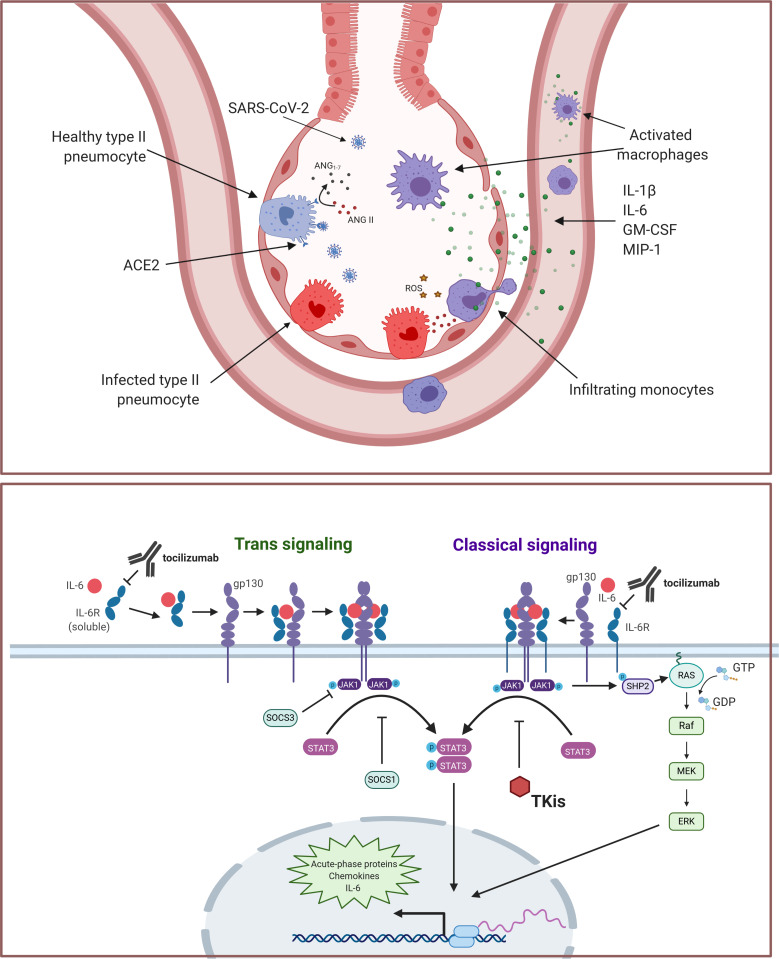
Figure [2]
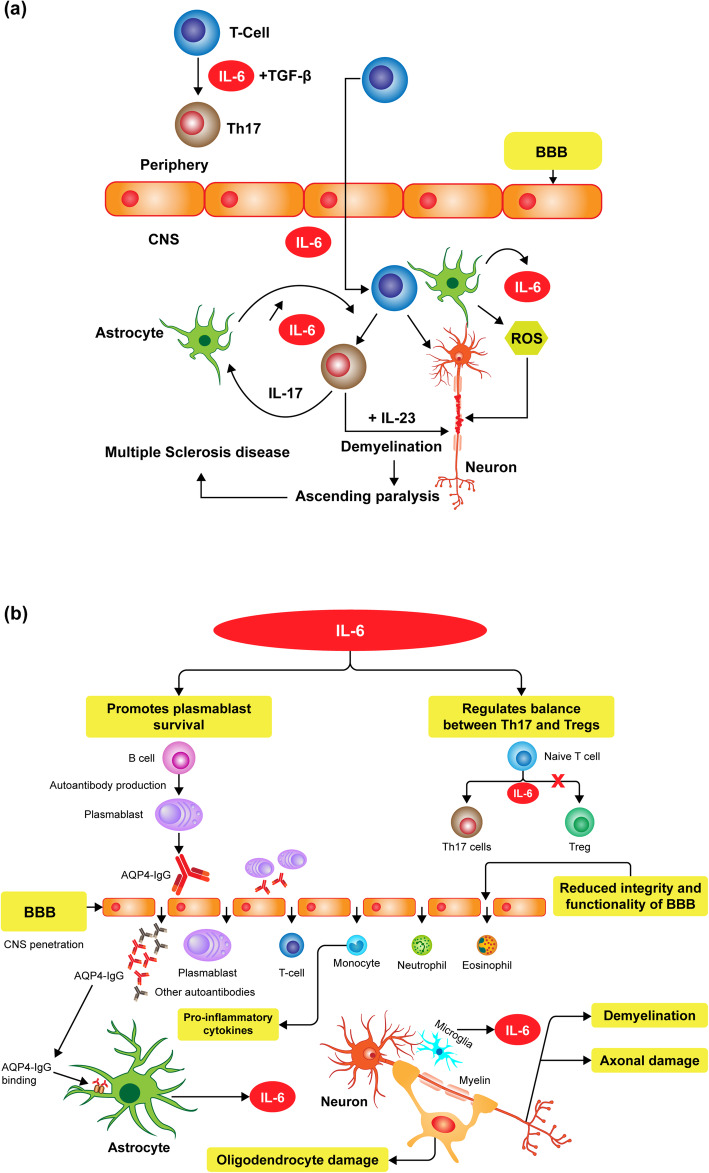
Figure [3]
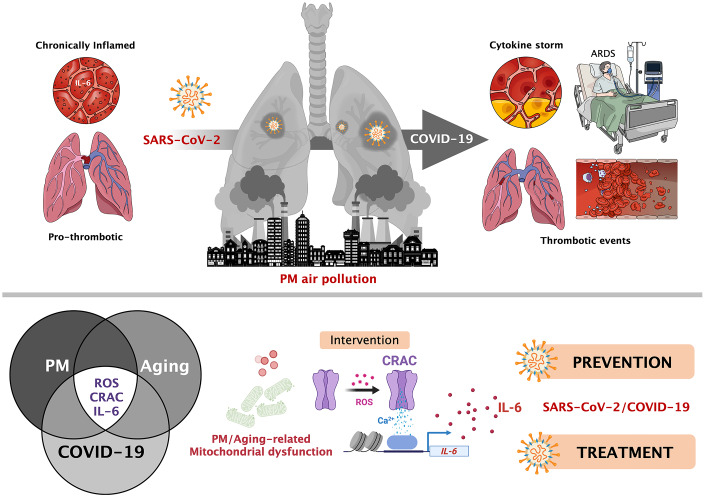
Figure [4]

Figure [5]
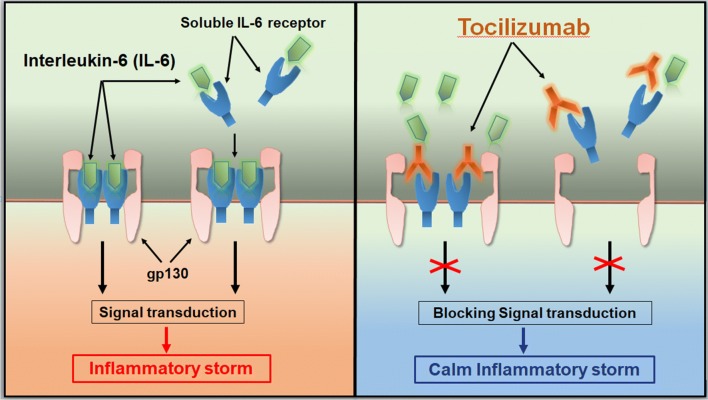
Figure [6]
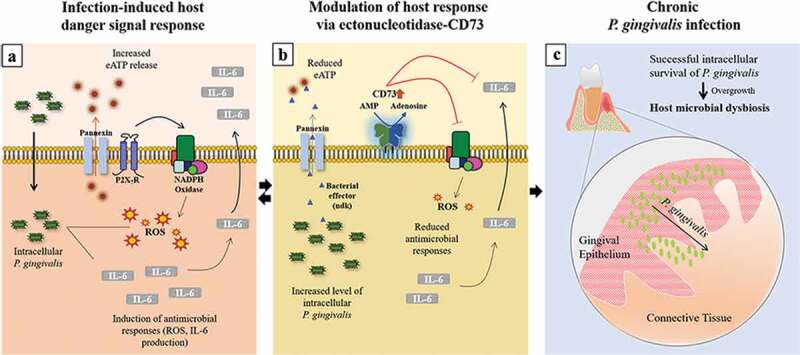
Figure [7]

Figure [8]

Figure [9]
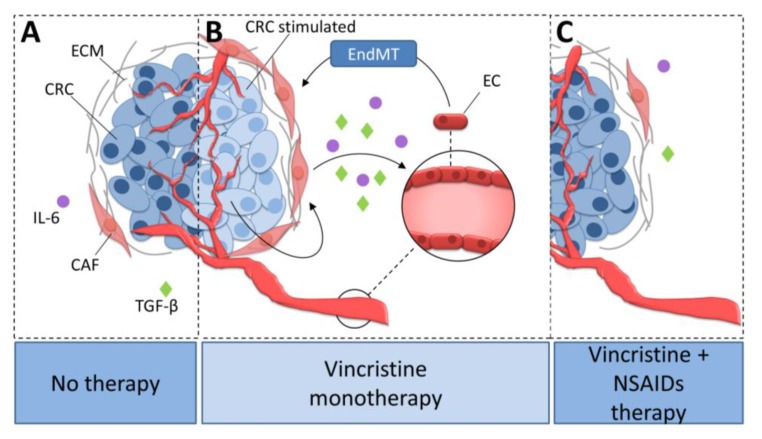
Figure [10]

Note: If you are interested in the full version of this target analysis report, or if you'd like to learn how our AI-powered BDE-Chem can design therapeutic molecules to interact with the IL6 target at a cost 90% lower than traditional approaches, please feel free to contact us at BD@silexon.ai.
More Common Targets
ABCB1 | ABCG2 | ACE2 | AHR | AKT1 | ALK | AR | ATM | BAX | BCL2 | BCL2L1 | BECN1 | BRAF | BRCA1 | CAMP | CASP3 | CASP9 | CCL5 | CCND1 | CD274 | CD4 | CD8A | CDH1 | CDKN1A | CDKN2A | CREB1 | CXCL8 | CXCR4 | DNMT1 | EGF | EGFR | EP300 | ERBB2 | EREG | ESR1 | EZH2 | FN1 | FOXO3 | HDAC9 | HGF | HMGB1 | HSP90AA1 | HSPA4 | HSPA5 | IDO1 | IFNA1 | IGF1 | IGF1R | IL17A | IL6 | INS | JUN | KRAS | MAPK1 | MAPK14 | MAPK3 | MAPK8 | MAPT | MCL1 | MDM2 | MET | MMP9 | MTOR | MYC | NFE2L2 | NLRP3 | NOTCH1 | PARP1 | PCNA | PDCD1 | PLK1 | PRKAA1 | PRKAA2 | PTEN | PTGS2 | PTK2 | RELA | SIRT1 | SLTM | SMAD4 | SOD1 | SQSTM1 | SRC | STAT1 | STAT3 | STAT5A | TAK1 | TERT | TLR4 | TNF | TP53 | TXN | VEGFA | YAP1

